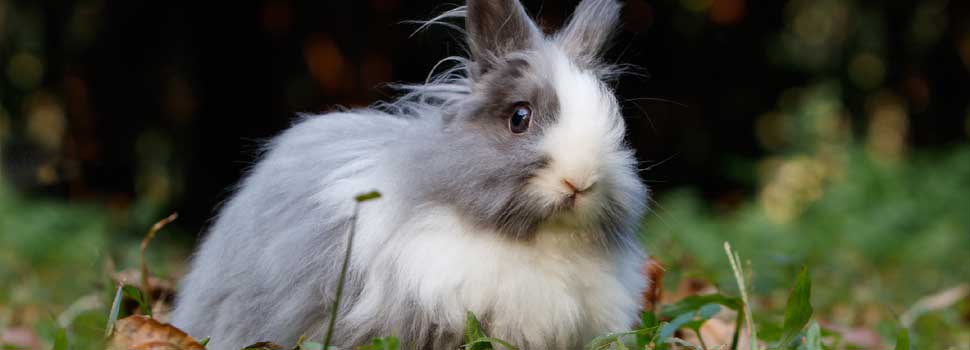
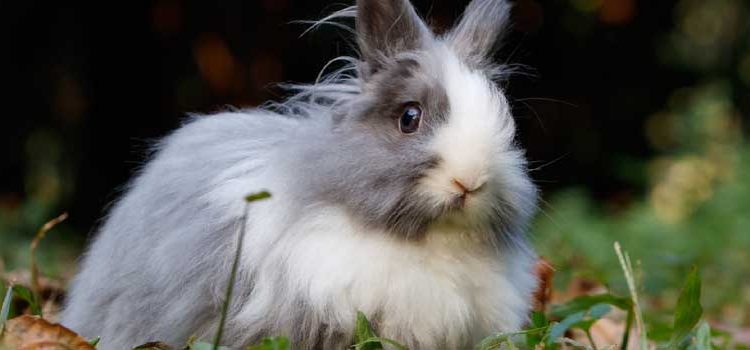
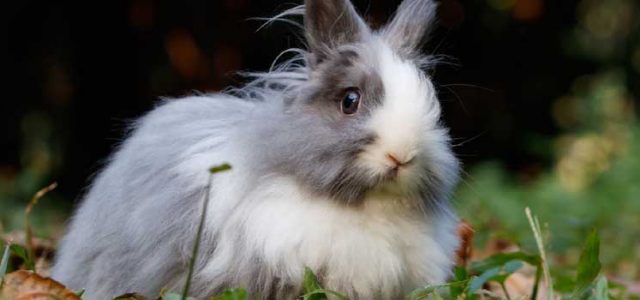
So far we’ve looked picking the best home for your rabbit – whether that’s inside or out and how to keep them safe, secure and comfortable.
In this part we’ll cover a very important subject: feeding. Unlike cats and dogs rabbits have very sensitive stomachs and gastric bloating (an excess build up of gas caused by bacteria) can sometimes be fatal. So it’s very important you only feed you rabbit what it needs and in the right proportions.
If you’ve just landed on this page and haven’t read the first part, you can catch up here.
Rabbit Feeding
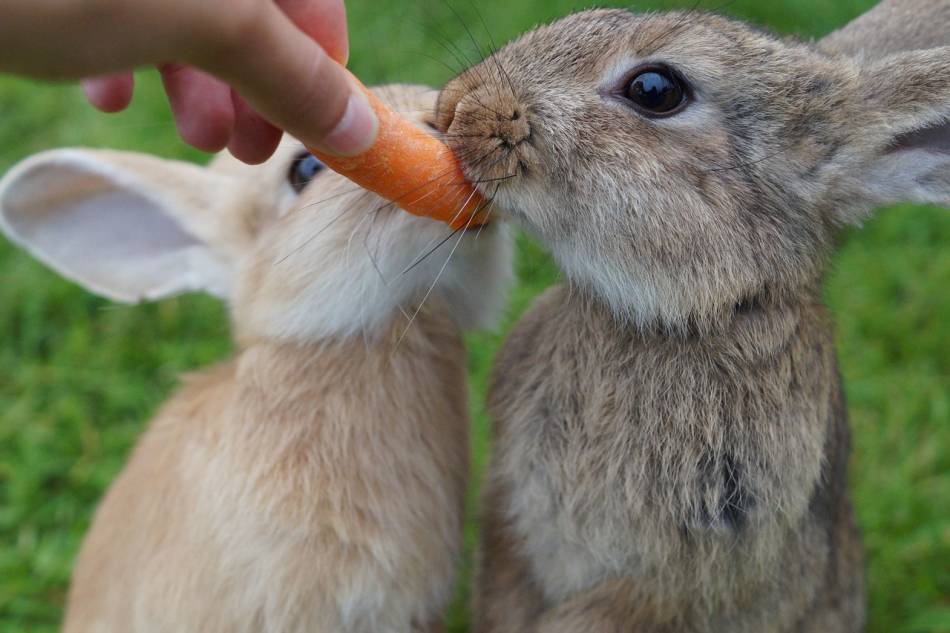
Despite being the cliche food for rabbits. Carrots should only be fed to your bunny sparingly and as a treat.
Contrary to popular belief and depiction of cartoon characters like Bugs Bunny, carrots are not the staple food of rabbits. Sure rabbits love to chew on carrots, but this is only because our floppy-eared friends have a sweet tooth.
If provided every day in large quantities, the high amount of carbs and sugar content in carrots can lead to obesity in rabbits. For this reason, carrots and other sweet foods like bananas, hulled sunflower seeds, apples, berries, and melons are best left as treats. As for everyday feeding, hay and fresh vegetables are the foods you should stock up on.
Rabbits are herbivores and as such need a diet consisting of nothing but vegetable matter. This includes everything from lettuce, to broccoli, to kales, to spinach, to watercress, to turnip greens, and pretty much any green leafy vegetables you can think of.
Hay, however, beats all other vegetable foods to offer what is considered as the best rabbit food. In fact we were once told by a vet to feed our rabbit ‘hay, hay and more hay’. We’ve heeded this advice and never had a digestive or weight problem with our rabbits.
In addition to being a diet-appropriate food that is rich in calcium, protein, as well as vitamin A & D, hay stimulates the normal chewing behaviour of rabbits. Consequently, it can be a great boredom buster for our fuzzy pals. Hay is also rich in fibre, which is essential in strengthening a rabbit’s digestive system.
The best benefit of hay is the fact that it helps with filing down the continuous growing teeth of rabbits. One unknown fact about rabbit teeth is that they never stop growing. The grinding action from chewing wears down the teeth preventing them from growing to a painful and uncomfortable height. Hay provides appropriate wear on teeth and should therefore always be available in your rabbits hutch and run.
As with every creature (man and animal) in the world, rabbits must drink water to survive. So make sure to put in fresh drinking water into your rabbit’s house every single day. You can use pet sipper bottles or heavy bowls that your rabbit will not be able to knock over. But, we’ve often found that our rabbits prefer to drink from a bowl. Drinking from sipper bottles will often cause them to get frustrated and they will scratch at it in an attempt to get more water out.
How much should you feed your Rabbit?
Rabbits can survive on hay alone so this should be offered fresh and in unlimited amounts daily. Any variety of grass hay will do but Timothy hay is a huge favourite among rabbit parents. Alfalfa hay is used sparingly because it is high in calories and contains far more protein than the average house bunny needs. Other good varieties of hay include Orchard, Oat, Brome, and Forage hays.
Rabbits also need a daily dose of vegetables for vitamins and nutrients. Ideally, you should serve your rabbit 1 to 2 cups of vegetables for every 4 pounds of total body weight. The total amount should be split into 2 and served in the morning and evening. To ensure your rabbit gets a variety of nutrients, serve a mixture of vegetables (at least 3 different types) during meals. Keep the introduction of new vegetable gradual by adding one type at a time. Discontinue any new vegetables that cause diarrhoea or stomach upsets in your bunny.
Given how active rabbits are, giving treats during play or as a reward for good behaviour is totally acceptable. However, treats should be limited to 1 or 2 tablespoons per 5lbs of weight per day to prevent obesity and digestive problems.
What about Baby Rabbits?
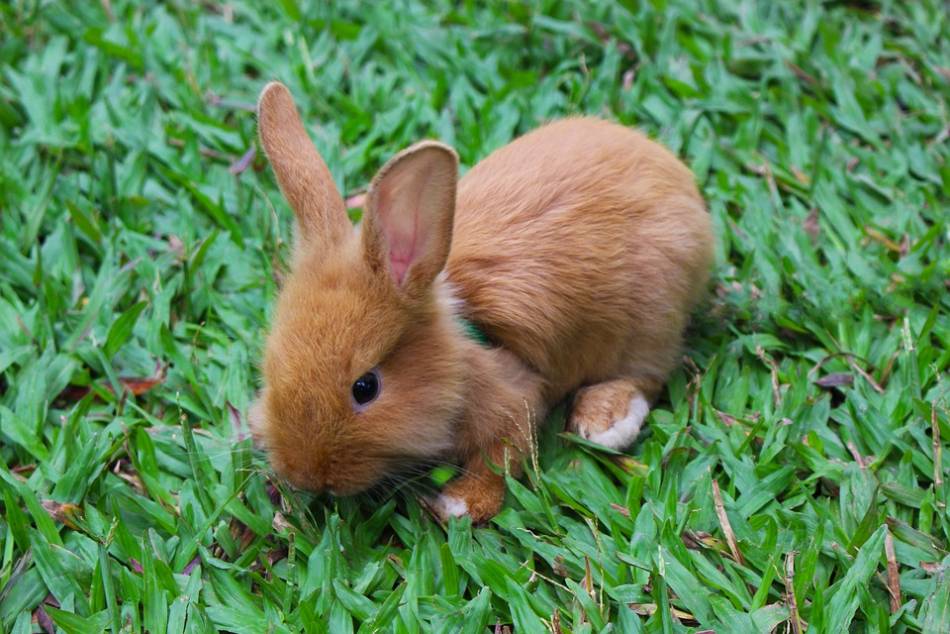
Young bunnies require a very different diet from the hay and vegetable of adults. They should be fed nothing but mother’s milk until 4 weeks of age when nibbles of soft hay and rabbit pellets (available at stores and pet shops) can be gradually introduced. At 7 weeks, milk is stopped and pellets and hay made the main diet. This continues up until 12 weeks of age when vegetables are introduced. By the time a rabbit makes it to 6 months of age, pellets should be limited to no more than 1/8 to 1/4 cup per 5 pounds of total body weight.
General Grooming and Routine Rabbit Care Tips
When it comes to cleanliness, rabbits are a lot like cats. Both are hygienic animals that prefer to do their business in a secluded corner. So, once inside a hutch, your rabbit will section off a corner as its litter area. This makes cleaning after your rabbit particularly easy, as you just need to wait for your rabbit to choose its corner, and then place a litter box there. Lining the litter box with newspaper and then filling it with tiny paper pellets will let your rabbit know that is the new toilet. And that is all there is to toilet training a rabbit!
Another similarity between cats and rabbits is that both are self-groomers who will happily spend long stretches of time licking themselves clean. This eliminates the need for bathing your rabbit. You do however have to brush your bunny’s coat every day (once a week for short-haired breeds) using a bristle brush specially designed for rabbits. Brushing gets rid of dead hairs, prevents the occurrence of hairballs and allows you to pick out any stuck seeds or garden matter to give your rabbit a beautiful, neat, and fluffy coat.
As part of rabbit grooming, you should also:
1 Cut Claws
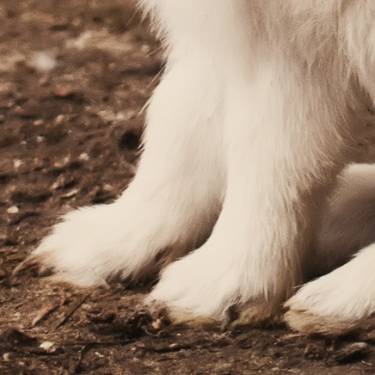 Like their teeth, rabbit nails grow constantly and as such need a trim often. Do this on a regular basis (around every 6 weeks) or every time you notice your bunny’s claws are longer than necessary.
Like their teeth, rabbit nails grow constantly and as such need a trim often. Do this on a regular basis (around every 6 weeks) or every time you notice your bunny’s claws are longer than necessary.
Never trim too far down the rabbits claws. You’ll notice a pink ‘core’ in the claw the closer it gets to the foot. NEVER cut here. Always leave at least half a centimeter clearance between the start of the core and your cut.
2 Inspect Eyes, Nose, & Ears
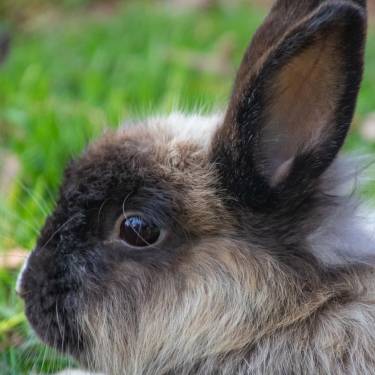 It is imperative that you check your bunny’s eyes, nose, and ears on a daily basis as mites and seeds can enter and cause irritation.
It is imperative that you check your bunny’s eyes, nose, and ears on a daily basis as mites and seeds can enter and cause irritation.
All should be clean, clear, and with no discharge coming through.
3 Check for Flystrike
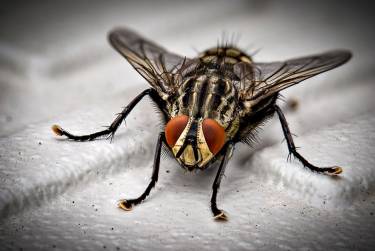 Also known as Myiasis, flystrike is a condition whereby flies lay eggs on a rabbit’s butt which then hatch into maggots that eat away at flesh. Flystrike is very dangerous in rabbits and can become fatal within a matter of hours.
Also known as Myiasis, flystrike is a condition whereby flies lay eggs on a rabbit’s butt which then hatch into maggots that eat away at flesh. Flystrike is very dangerous in rabbits and can become fatal within a matter of hours.
So, while it might not be the highlight of your day, it is important that you inspect your little furry friend’s rear side every day and twice during the summer season when the risk of flystrike is high. Essentially, your rabbit’s bottom should be clean and dry. Take your bunny to the vet the minute you spot eggs or maggots during an inspection.
4 Regularly Clean out the Hutch
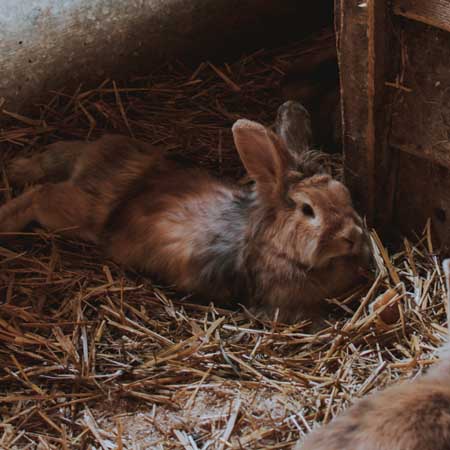
A clean rabbit home fosters good health. Therefore, you should empty out the litter box daily, and wash the entire hutch from top to bottom with soap and water at least once a week.
Make sure to remove and replace all floor and bedding material after cleaning the hutch.
When to Visit the Vet

On average, rabbits must see a vet at least once every year for a general check up and vaccination against the potentially fatal diseases – myxomatosis and viral haemorrhagic disease (VHD). So, you should just go ahead and buy a travel carrier for those trips.
Rabbit carriers are usually made of a hard material so lining the bottom of yours with a soft absorbent towel or blanket can make things more comfortable for your rabbit. Annual visits to the vet should be enough to ensure your bunny is in good health as well as catch chronic illnesses in time.
However, if you notice that your rabbit is under the weather in between checkups, make sure to see the vet immediately. Rapid weight gain or loss, dull looking coat with what looks like dandruff, constant diarrhoea, continuous shaking of the head and scratching around face & ears, low energy, or low spirits are a few examples of situations that require treatment from the vet.
Unless you want to end up with a litter of bunnies on your hands, you should also take your rabbit to a vet to be neutered as soon as they reach maturity (around 4 months of age). Aside from preventing unintended breeding, neutering also helps prevent aggressive behaviour and reproductive cancers in female rabbits.
Thank You
Thank you for making it to the end of this guide. Compared to many people who get a rabbit for the first time you now have all the basic information on routine rabbit care and know how to look after your new friend properly. Good luck in setting up a safe, happy, comfortable, and loving environment for your cute bunny companion.





